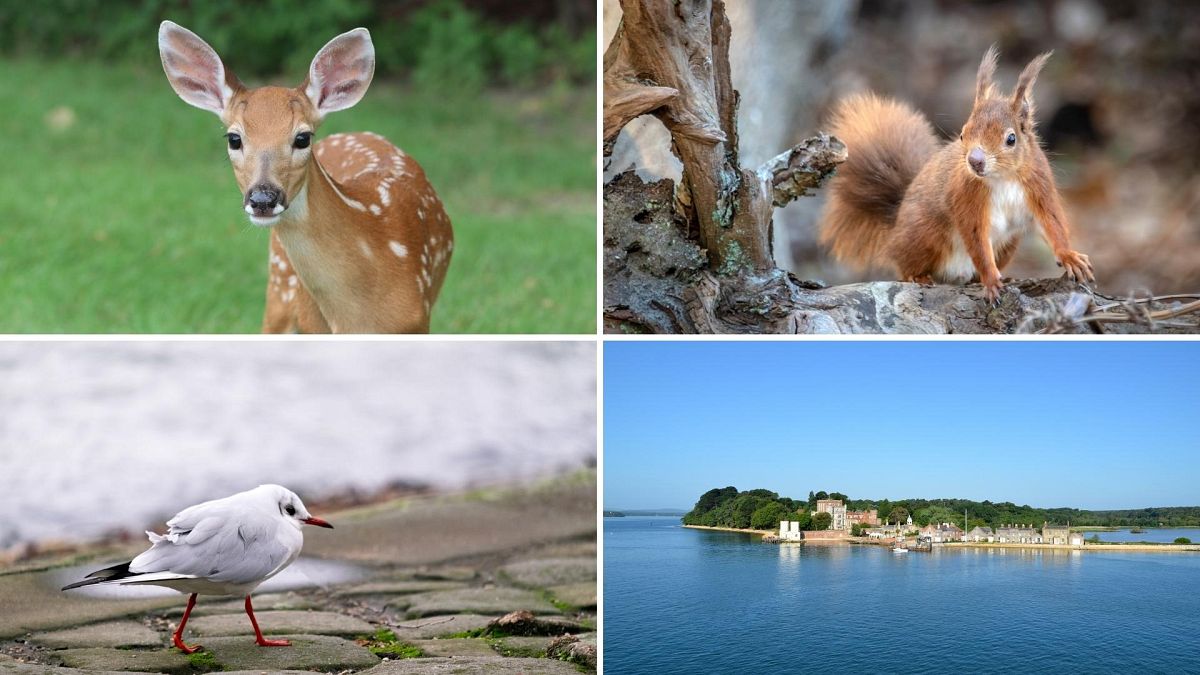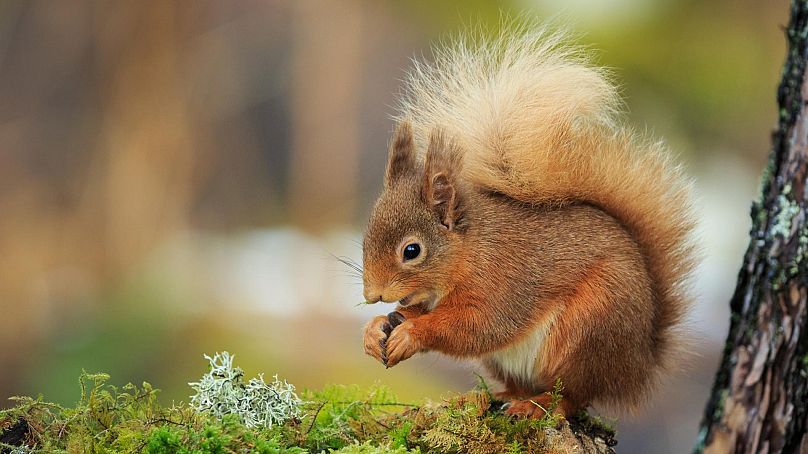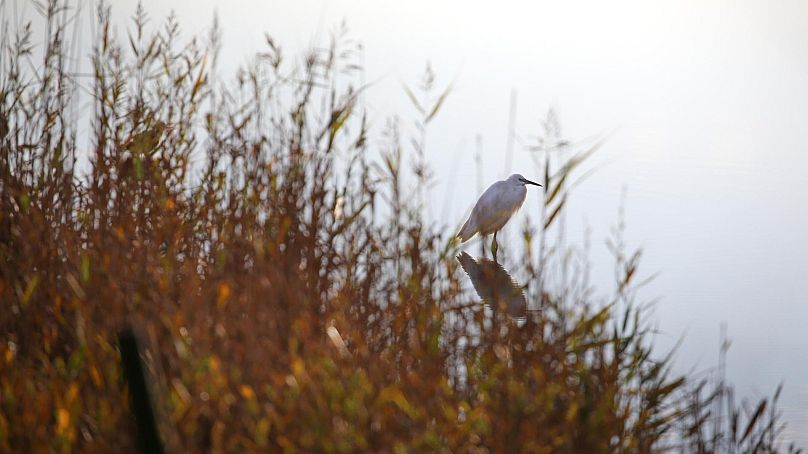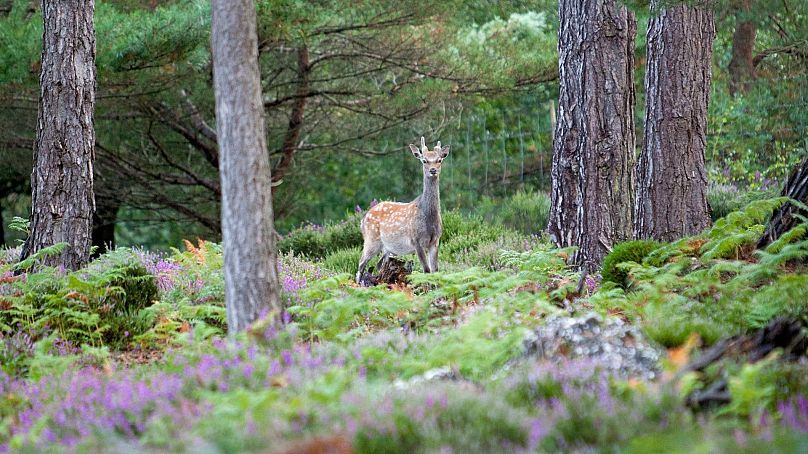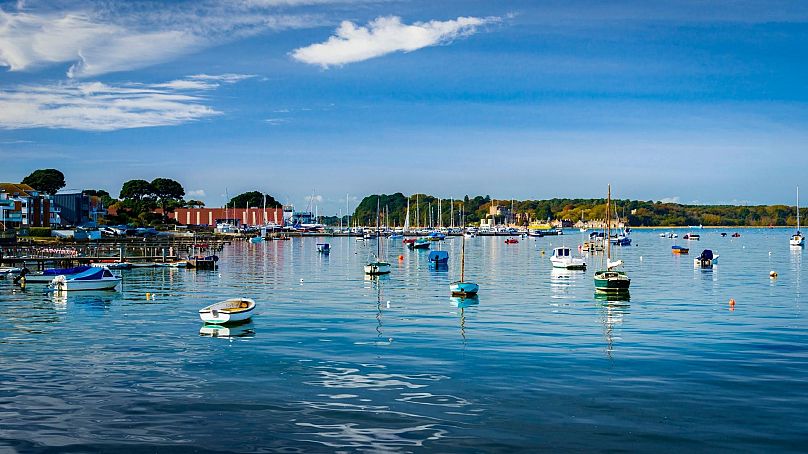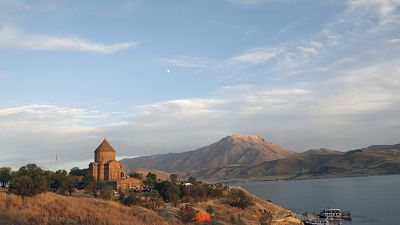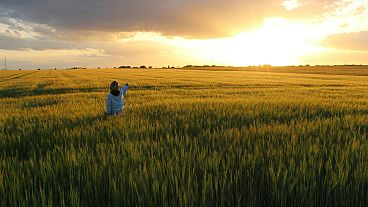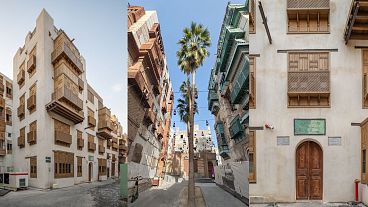Spiritual home of the Scouting movement, this unspoilt haven in southwest England is a nature lover's paradise.
Spring is in the air and it’s the perfect time to spot red squirrels scampering through colourful leaves on the UK's Brownsea Island.
The campsite is opening on 1 April, making this the ideal time for a day trip or a longer visit.
Spiritual home of the worldwide Scouting movement, this unspoilt haven in southwest England is where Robert Baden-Powell first took groups of boys to learn bushcraft skills more than 100 years ago.
The small island in Dorset’s Poole Harbour now welcomes more than 130,000 day visitors and campers a year.
Why should I visit Brownsea Island?
If you love being at one with nature, Brownsea is the place for you.
A lagoon, lakes, reedbeds and beaches offer sanctuary to a vast number of birds, while the woodland is home to red squirrels and sika deer.
Even getting to the island offers a taste of the calm to come, with a boat trip from either Poole Quay or Sandbanks.
While it’s the ideal place to get away from it all, you won’t have to rely on your Scouting skills for your next meal. There’s a visitor centre with a cafe and information about the island’s rich history and wildlife.
And if the thought of pitching a tent makes you groan, you’ll be pleased to hear the family campsite now boasts pre-pitched bell tents so you can stay overnight without the stress.
What is there to do on Brownsea Island?
One of the last remaining strongholds in southern England for native red squirrels, the island is a great place for wildlife watching. Catch the elusive creatures gathering nuts for winter by joining an hour-long guided walk, which runs daily from mid-September to mid-October.
If you have kids with you, they'll love the 'Marvellous minibeasts and brilliant birds trail' leading to a chocolate Easter egg at the end. You can walk the trail from 3-16 April and it costs £3 (€3.40) per group.
At the start of the month during spring and summer, there is an early morning bird walk and breakfast led by ranger from Dorset Wildlife Trust. They say they will "lead you on a wander around the island, lakes and lagoon to experience the peace and tranquillity of Brownsea out of hours. The soundtrack to this experience is provided by the island's wildlife as it busies and day breaks." Times and prices are here.
What’s being done to protect the wildlife on Brownsea Island?
The Brownsea Island Countryside Stewardship Project is a five-year conservation scheme, funded by Natural England, that began in September 2021.
It’s the largest conservation project in the island’s history, restoring the rare and endangered heathland habitat.
The ultimate aim is to create a vision in violet by cutting heather from existing patches and scattering it across bare soil to allow new plants to grow.
Tim Hartley, lead ranger for the National Trust, says, “Brownsea has a rich and fascinating past and our heathlands are an important part of that history. But over the centuries, the habitat has shrunk and become fragmented.
“We want to enlarge those pockets of heathland and knit them back together. Heathlands depend on human intervention for their survival and what we’re doing is mimicking the work of our ancestors to make sure that the landscape, and the wildlife that depends on it, is still here in centuries to come.”
Dense areas of trees will be carefully thinned to let more light onto the woodland floor, again promoting heather growth, and allowing younger trees space to expand.
As well as providing more food and habitat for red squirrels, the work should also help the island’s other wildlife, including Britain's fastest declining mammal, the water vole, and rare birds such as Dartford warblers and nightjars.
Brownsea is part of the recently designated Purbeck Heaths National Nature Reserve, the largest lowland heathland nature reserve in England.
Since being taken on by the National Trust 60 years ago, the park has seen 50 football pitches-worth of Himalayan rhododendron removed by volunteers and rangers. The stewardship project aims to eradicate the invasive species, which flourished during the decades when the island was owned by a recluse, with visitors prevented from setting foot on its shores.
There’s still another 12.5 acres of rhododendron to be removed by next year, with work also taking place on trails and footpaths so that visitors can get around easily.
How do I get to Brownsea Island?
The foot ferry from Poole Quay to Brownsea Island takes 20 minutes and operates from 10am to 4.30pm outbound and from 10.30am to 5pm back to the mainland. It costs £12.50 (€14.20) for National Trust members. Non-members pay £21.50 (€24.40) to cover the ferry fare and access to the island.
The wooden jetty at Sandbanks is being replaced, but an interim passenger service is in operation until the end of October. From here, the boat to Brownsea takes 10 minutes. There are two pre-bookable services, one leaving Sandbanks at 10.30am to return at 2.20pm and the other departing at 11.30am and coming back at 3.20pm. The ferry fare is £8.50 (€9.70) for adults, with a £9 (€10.20) admission fee for non-members payable on arrival at the island.
Poole is two hours by train from London.
Where to stay on Brownsea Island
There are two cottages to rent at Brownsea, as well as the campsite, which is open until the end of September.
Campers are advised to pack light as it’s a 20-minute walk from the landing point to the campsite.There are toilets, showers and a field kitchen, where cooking equipment is provided. Prices for camping range from £50 (€58) for a pitch for two nights up to £300 (€347) for a four-person bell tent for two nights.
Whether you want to channel your inner Boy Scout or fancy a woodland wander to watch the wildlife, it's always a good idea to visit Brownsea Island.
